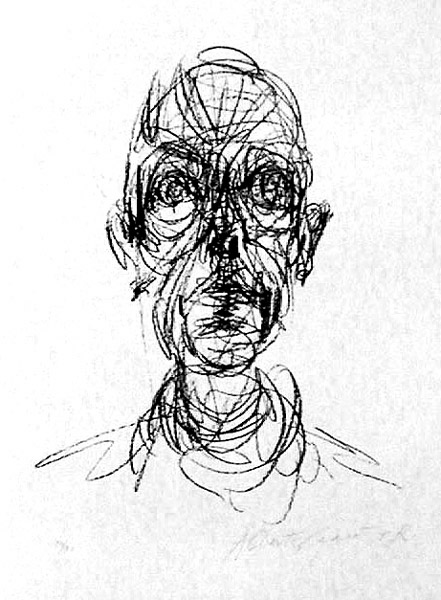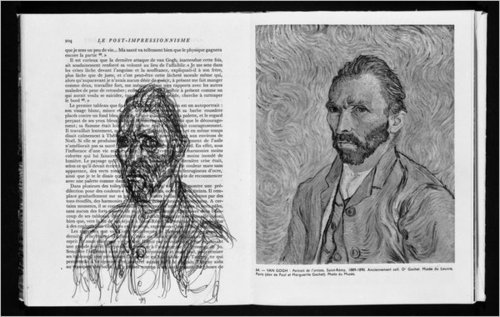CS/EE 5710/6710 Syllabus
Digital VLSI Design
Fall 2011
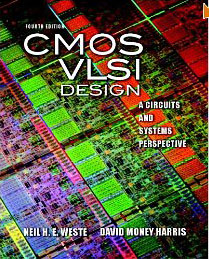

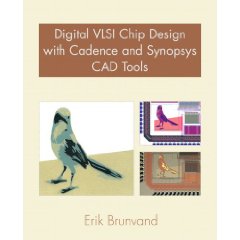
Sketchbook Gallery
Here are some examples of sketchbooks that I've gathered as I've been thinking about this issue of cross-disciplinary design
- Artists sketchbooks - pretty much every artist you've ever heard of keeps (or kept) a sketchbook. I find these fascinating to look at. I like the drawings for their own sake, but I also like seeing a little bit into the mind of the artist and how they developed their visual ideas. On this page I've collected some random pictures of the sketchbooks of artists that I've found on the web.
- This site http://gis.net/~scatt/sketchbook/links2.html has links to many artist's sketchbooks on-line.
The following examples are chosen essentially at random from some well-known artists' sketchbooks
Leonardo - 1452-1519, Italian
The original "renaissance man" - an artist, scientist, architect, and engineer. He kept wonderful sketchbooks full of interesting drawings and writing. You can find huge numbers of images on the web.
From http://www.unmuseum.org/leosketch.htm: In many of his books Leonardo employed a backwards form of writing that could only be read with a mirror. It is unknown why he did this. Some historians speculate he did it to keep his writings private, others think that because he was left-handed he just found it easier and faster to write this way.
You do not have to emulate this writing style!
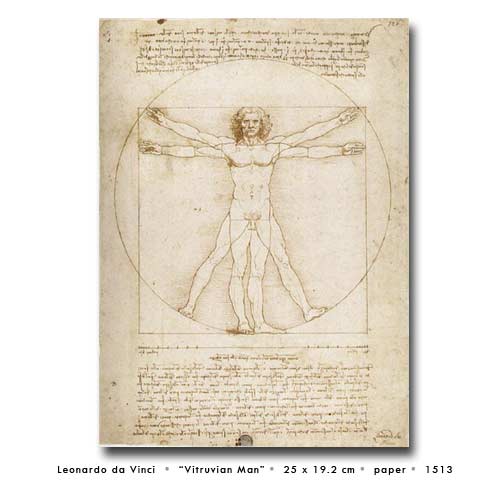
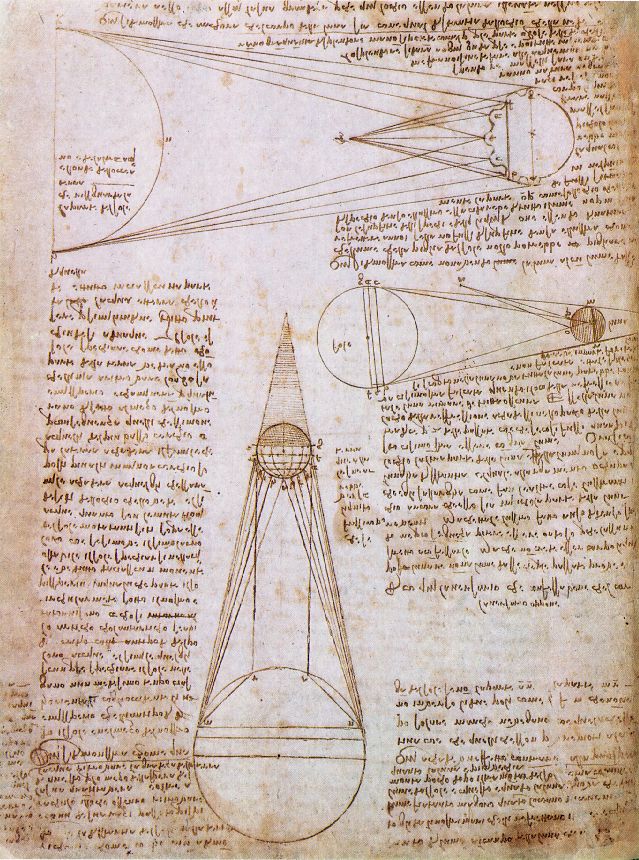
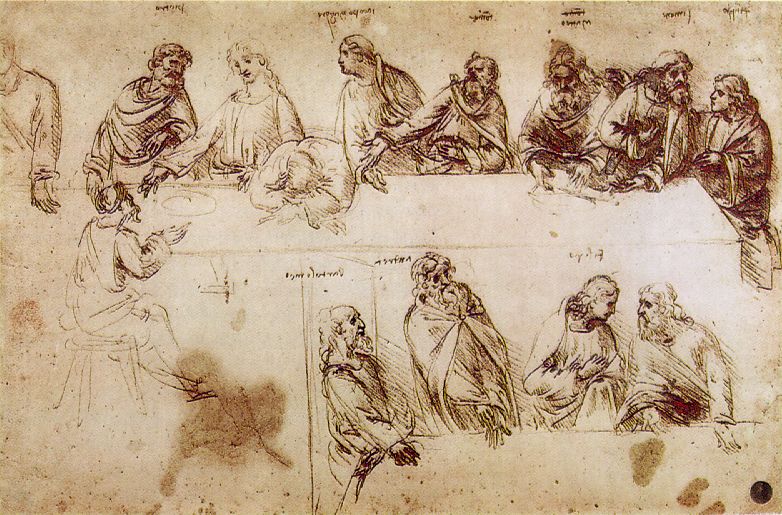
Picasso - 1881-1973, Spanish
Picasso is reported to have said "... I picked up my sketchbooks daily, saying to myself `What will I learn of myseld that I didn't know?' "
These images are somewhat lo-res, but if you search for Picasso sketchbook you can find all sorts of things on the web
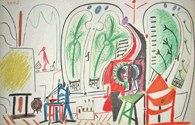
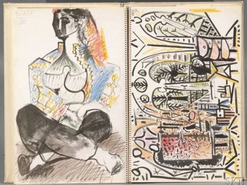
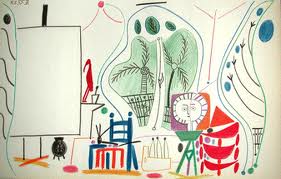
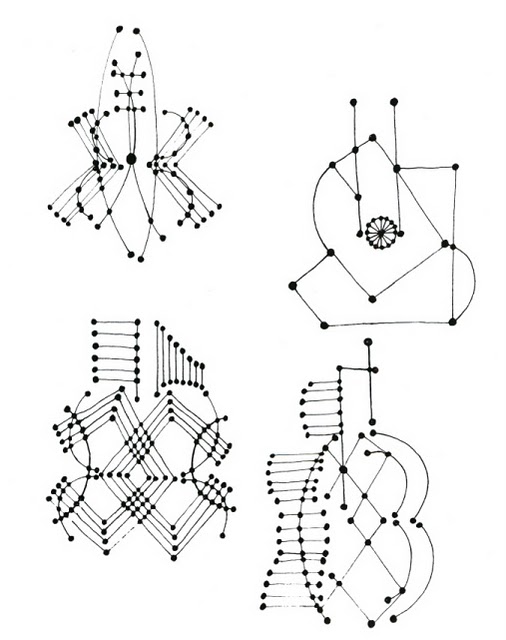
Eugene Delacroix - 1798-1863, French
I especially like his travel journals / sketchbooks (Personally, I like them much more than his paintings...)
Henry Moore - 1898-1986, English
Known primarily as a sculptor, he also made wonderful drawings. His drawings of sheep are really fun to try to emulate. Look at them closely - they are made totally of scribbles. He used looser scribbles for light tones and denser scribbles for dark tones.
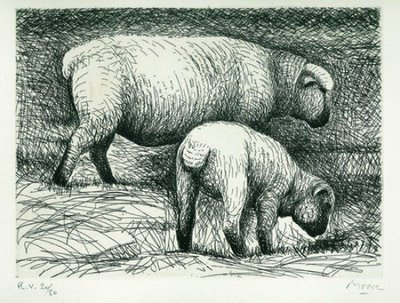
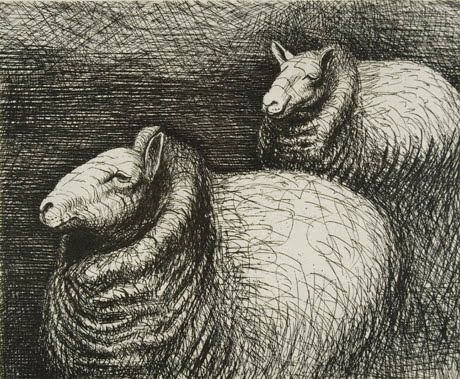
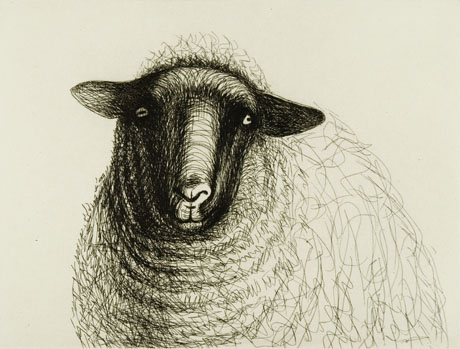
Alberto Giacometti - 1901-1966, Swiss
Another artist whose style is fun to try to emulate. His sketch-like drawing style is also used in his paintings.
